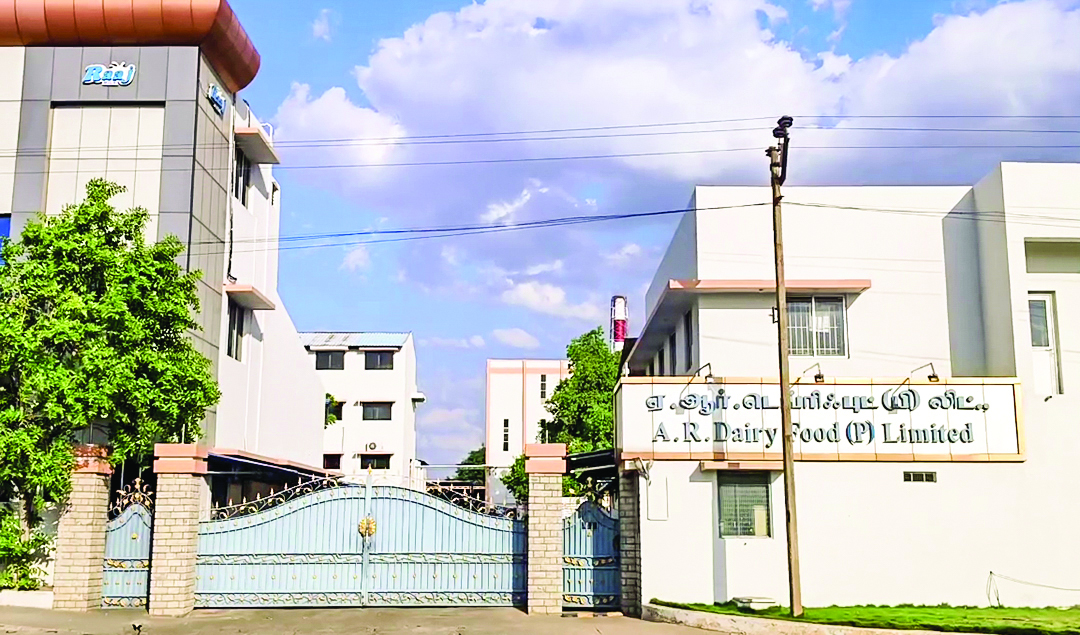NEW DELHI: In June, Naidu’s party returned to power, raising concerns about laddu adulteration. Lab tests revealed milk fat content was shockingly low at 20.
The Tirupati Laddu adulteration scandal has triggered widespread outrage, both in India and abroad. Andhra Pradesh Chief Minister Chandrababu Naidu exposed this issue, presenting an authentic laboratory report that revealed the use of substandard ingredients, including animal fats and fish oil, in the sacred laddus during the tenure of the previous YSRCP-led government under Jaganmohan Reddy. The controversy has sparked intense reactions from political, social, and religious groups. Amid this, the demand for freeing temples from government control has resurfaced across the country.
The adulteration of the laddus at Tirupati’s Sri Venkateswara Temple is part of a broader issue involving the lack of strict penalties for food adulteration in India. Beyond the political debate, this issue highlights the absence of severe punishment and effective regulations for cases involving the adulteration of milk, ghee, oils, and other essential food items. This problem has persisted due to the inefficiency of food safety institutions and lenient laws. The need for a robust campaign to prioritise public health and safety has become apparent.
The change in government in Andhra Pradesh took place in June, with Naidu’s party returning to power. Upon assuming office, Naidu raised concerns about possible adulteration in the temple laddus. The temple administration responded by sending ghee samples to the National Dairy Development Board’s (NDDB) laboratory in Gujarat for testing. The lab report revealed shocking details: the milk fat content in the ghee was only 20, far below the expected range of 95.68 to 104.32. The report identified ingredients such as soybean, sunflower oil, olive oil, wheat, maize, cottonseed oil, fish oil, coconut oil, palm oil, beef tallow, and lard. This ghee had been supplied by a company allegedly linked to relatives of former Chief Minister Jagan Mohan Reddy.
Former CM Jagan Mohan Reddy defended the process, stating that the temple board issues tenders for ghee procurement every six months, and the selection is routine. The same process has been followed for the last decade.
In response to the scandal, the Tirumala Tirupati Devasthanam (TTD) Executive Officer Shyamala Rao acknowledged that the temple’s sanctity had been compromised. Rao admitted that the previous government took no action to investigate the adulteration. Upon assuming office, Naidu had expressed concerns about the quality of the ghee and laddus. Rao revealed that there were no internal labs to test ghee quality, and external labs lacked the infrastructure for proper testing. Furthermore, the price of the ghee used for the sacred offerings was set at ₹320 per kilogram, raising suspicions, as pure ghee typically costs at least Rs 500 per kilogram.
Tirupati laddus are renowned globally, with the temple producing 350,000 laddus daily using pure ghee, chickpea flour, sugar, and cashews. The temple purchases around 5 lakh kilograms of ghee annually, or 42,000 kilograms per month, through a tender process. The new chief minister has pledged that those responsible for the corruption will be held accountable, and actions against several individuals have already begun. The company involved has been blacklisted by the government, though it claims no adulteration in the ghee it supplied in June and July.
Union Health Minister J.P. Nadda has requested a detailed report from Andhra Pradesh Chief Minister N. Chandrababu Naidu on the incident. Nadda stated that the central government would act under food safety regulations, with the Food Safety and Standards Authority of India (FSSAI) conducting an investigation and submitting a report before any further action is taken.
The effectiveness of FSSAI has come into question, with critics pointing to corruption and inefficiency in both its domestic and international operations. Despite its mandate to regulate the import of food and cosmetic items, issues related to licensing and oversight remain widespread. Although India is a member of the international food safety body Codex, it has struggled to implement the organisation’s recommendations. The central government has paid insufficient attention to the administrative functioning of food safety agencies, leading to lenient punishments and unresolved cases. The FSSAI has recommended life imprisonment and fines up to Rs 10 lakh for food adulterators under proposed amendments to the 2006 Food Safety and Standards Act.
Another key issue highlighted by the scandal is the ongoing debate over government control of temples. Over the past decade, movements demanding the release of temples from government control have gained momentum. Advocates argue that freeing temples from state oversight would curb corruption within temple boards. Many supporters believe that the ‘Free Hindu Temples’ movement is neither new nor part of a communal agenda but a necessary step towards reform. While the state has liberalised its assets, businesses, and various economic sectors, temples remain under state control.
Those pushing for temple independence claim that Hindu temples have thrived for centuries under local management, long before India’s democratic, secular state came into existence in 1947. The movement to free temples from state control has even reached the Supreme Court, where the judiciary has expressed concerns about the government’s involvement in temple management.
In 2019, retired Supreme Court Justice S.A. Bobde questioned the necessity of government officials overseeing temple operations, citing the Jagannath Temple in Puri as an example. An estimated 400,000 temples across India remain under government control, despite rulings like the 2014 Supreme Court decision freeing Tamil Nadu’s Nataraja Temple from state oversight. In Uttarakhand, the issue became an election topic as well.

